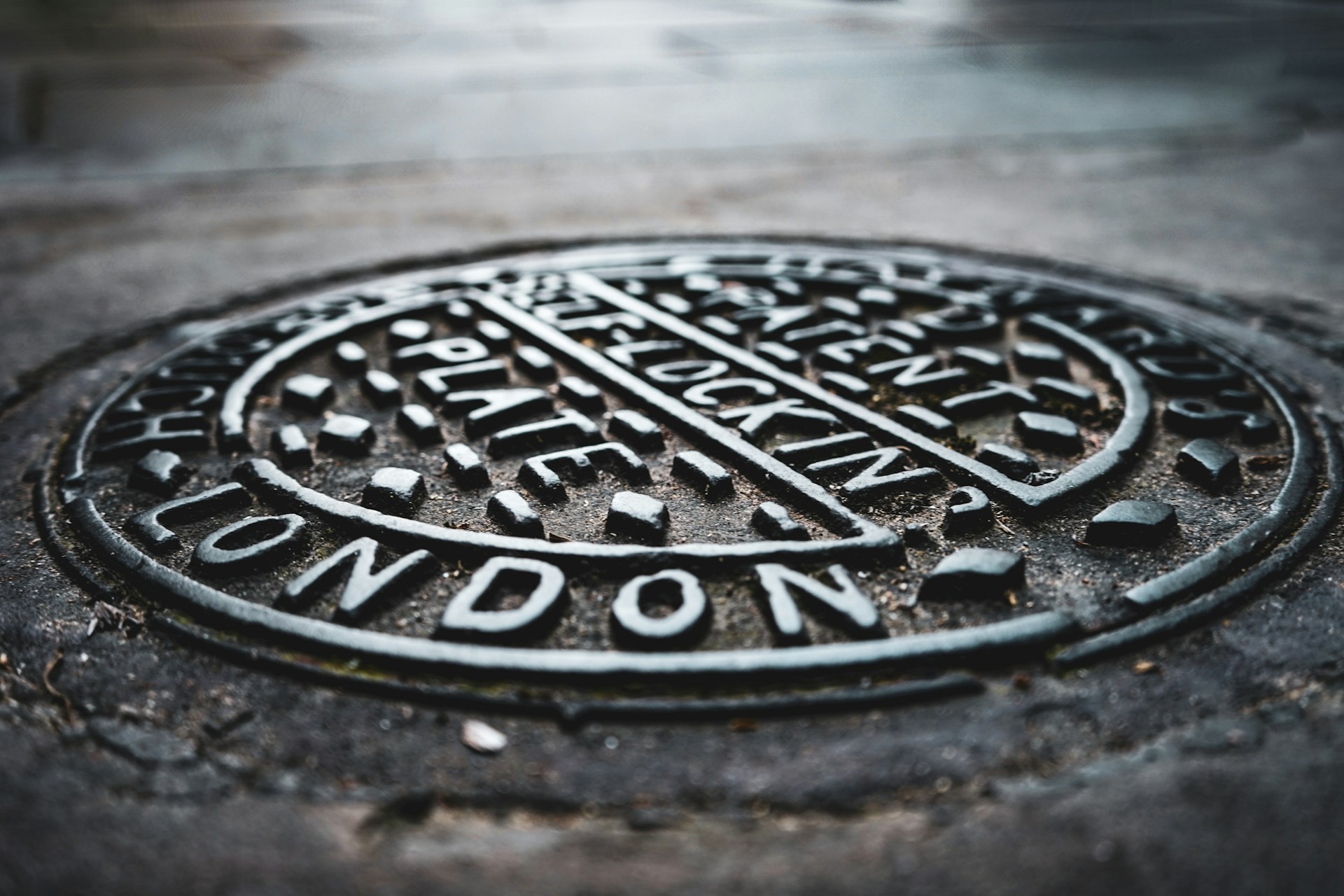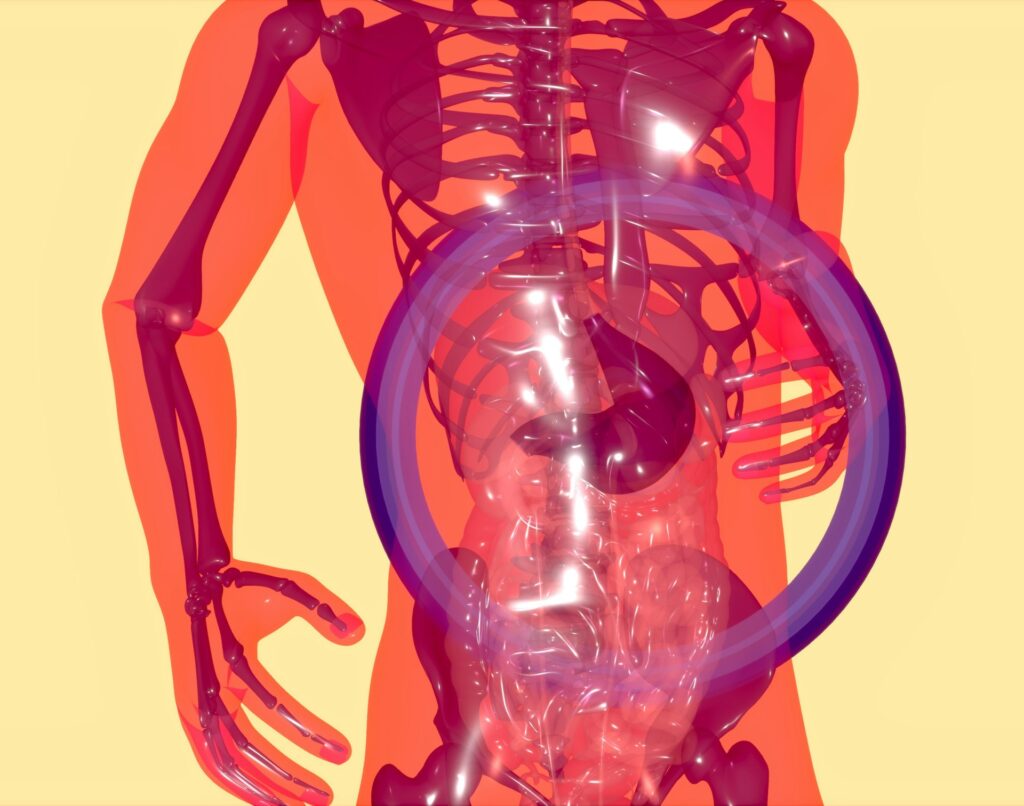Fatbergs: solid masses formed from accumulation of fats, oils, grease (FOG), and non biodegradable materials have posed a challenge to urban sewer systems for a very long time. Not only do these blockages prevent wastewater management, they also come with big maintenance costs. According to recent RMIT University research in Melbourne, a way to significantly reduce this problem has been developing a zinc enhanced polyurethane coating for concrete sewer pipes.
This coating was applied in laboratory simulations that replicate extreme sewer conditions over a 30 day period, resulting in a 30 % reduction in FOG accumulation on the uncoated concrete surface. Secondly, the coating also decreased calcium leaching from the concrete by between 20 and 80%. This is a factor in the formation of fatberg.
The mechanisms of that phenomenon weren’t well understood, says lead study author Dr. Biplob Pramanik.
The reduction of fat, oil and grease build-up can be attributed to the significantly reduced release of calcium from coated concrete, as well as less sticking of FOG on the coating surface compared to the rough, uncoated concrete surface
In contrast, the polyurethane coating made with zinc resin not only resists FOG adhesion but is also self healing at room temperature, good news since this would have an effect on the lifespan of bottom infrastructure.
The economic implications of this development are noteworthy. In the United States, fatbergs are responsible for approximately half of all sewer blockages, leading to annual maintenance and rehabilitation costs estimated at ![]() 100 million per year.
100 million per year.
The coating also represents a proactive measure against fatberg formation, and does not function as a riposte. It is also important to continue public education to assure proper disposal of FOG and non biodegradable items. A solution to the challenges fatbergs pose on urban sewer systems combines innovative engineering solutions and responsible waste management practices.

Hassan graduated with a Master’s degree in Chemical Engineering from the University of Chester (UK). He currently works as a design engineering consultant for one of the largest engineering firms in the world along with being an associate member of the Institute of Chemical Engineers (IChemE).



